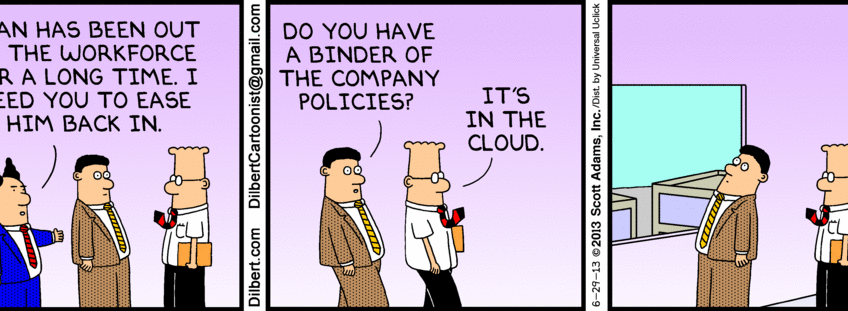In this blog, we put forward our 5 predictions for how mining technology and data will be used in 2020.
Our 5 Predictions for 2020 – Part 2
Last week we discussed how accurate our predictions for 2019 were.
In the second part of this mini blog series, we put forward our 5 predictions for how mining technology and mining data analytics will be used in 2020.
As we move into the new decade, we believe that there will be ongoing adoption challenges as mines advance in their use of technology and data.
Change management involving people and processes will remain by far the greatest hurdle – regardless of the complexity of the solution being implemented.
1. Business Intelligence (BI) Tools used will be fragmented further
A recent survey revealed that a large company (500+ employees) now utilises on average 3.8 different BI solutions. We are already seeing some mining companies start to (knowingly) use multiple BI software tools, with each one being particularly strong for a certain type of visualisation Vs an all-in-one BI solution.
The last breath of SAP Business Objects being used for mining dashboards, will only exacerbate this. We do see Microsoft edging forward with PowerBI but the competition is far from over. It remains deeply frustrating for users and developers alike that no single umbrella solution is available.
2. Lite Versions of Fleet Management Systems (FMS) will be Adopted in Increasing Numbers
Large mines can easily justify the cost and resources required to reap the benefits of implementing comprehensive fleet management systems and/or condition monitoring solutions.
However, many smaller mines and quarries require much less complex solutions and have struggled to find a system that cherry-picks the parts of the fleet management system which are relevant to them (e.g. just production tracking to/from locations without paying the full price tag) without all the extras.
Wencolite (which have been around for several years) has been well received, particularly in the Oceana region, with some great results such as at Moolarben Coal (see below video).
As we previously blogged, Caterpillar is also slated to formally announce the release of Cat MineStar Fleet Edge version which will also target this market sector.
We predict there will be increased adoption of these ‘lite’ systems in 2020.
3. Cloud Computing will Become an Endorsed Large Scale Solution
Mines are typically risk-averse, and with significant press coverage around cybersecurity, hacking and data protection there is a lot of hesitation about where data is stored and used. This has reinforced the on-premises requirement for infrastructure and in the in-house management of these resources.
However, at the same time, most people as individuals are now using streaming services, storing documents in Google Drive, OneDrive etc. and have therefore become more comfortable with the concept of not storing everything locally.
Some mining companies are already seeing great benefits using Cloud Computing such asAnglo American but they are the minority at present.
Whilst not everything will change overnight, especially with remote sites with slow internet connections, we predict mines will start to move more tools to the Cloud for mining data analytics this year.
4. Use of Autonomous Underground Vehicles will Increase
With the increase in connectivity and accuracy of asset positioning in underground mining, we will start to see more autonomous vehicles and support systems in use.
The OEMs are poised to facilitate the growing need to remove people from harm where possible. Companies such as Sandvik acquired Newtrax in early 2019 (for their wireless IoT connectivity) and recently announcing Automine Access API which allows 3rd party machines to connect to their solutions.
As we found with our previous prediction on the underground connectivity, there may not be a tidal wave of new machines and new underground mining technology, but more of a shift in the direction and intentions of mining companies.
5. Battery Electric Machines Will be Adopted in Larger Quantities
Electric drive mining technology has continued to move forward with batteries making some great leaps. We are now in a time where a battery-electric vehicle is able to work for a sustained period of time between charges.
OEMs such as Epiroc are also shifting their business model around batteries, operating a plug and play solution with a matching commercially attractive package. This is particularly interesting for underground operation where the reduction of emissions has a significant knock-on cost-benefit for things such as mine ventilation. Caterpillar is also following suit with the announcement of the R1700 XE, their first battery-electric LHD.

Battery exchange at Agnico Eagle Mines at Kittilä, Finland
Picture courtesy of International Mining
As per prediction 4, the industry moves slowly, but we expect to see a shift in demand for battery electric equipment in 2020.
We will report back on how our predictions worked out at the end of the year. We wish everyone a safe, productive and fruitful New Year!
Please contact us here with any questions that you may have.
[DISPLAY_ULTIMATE_SOCIAL_ICONS]

